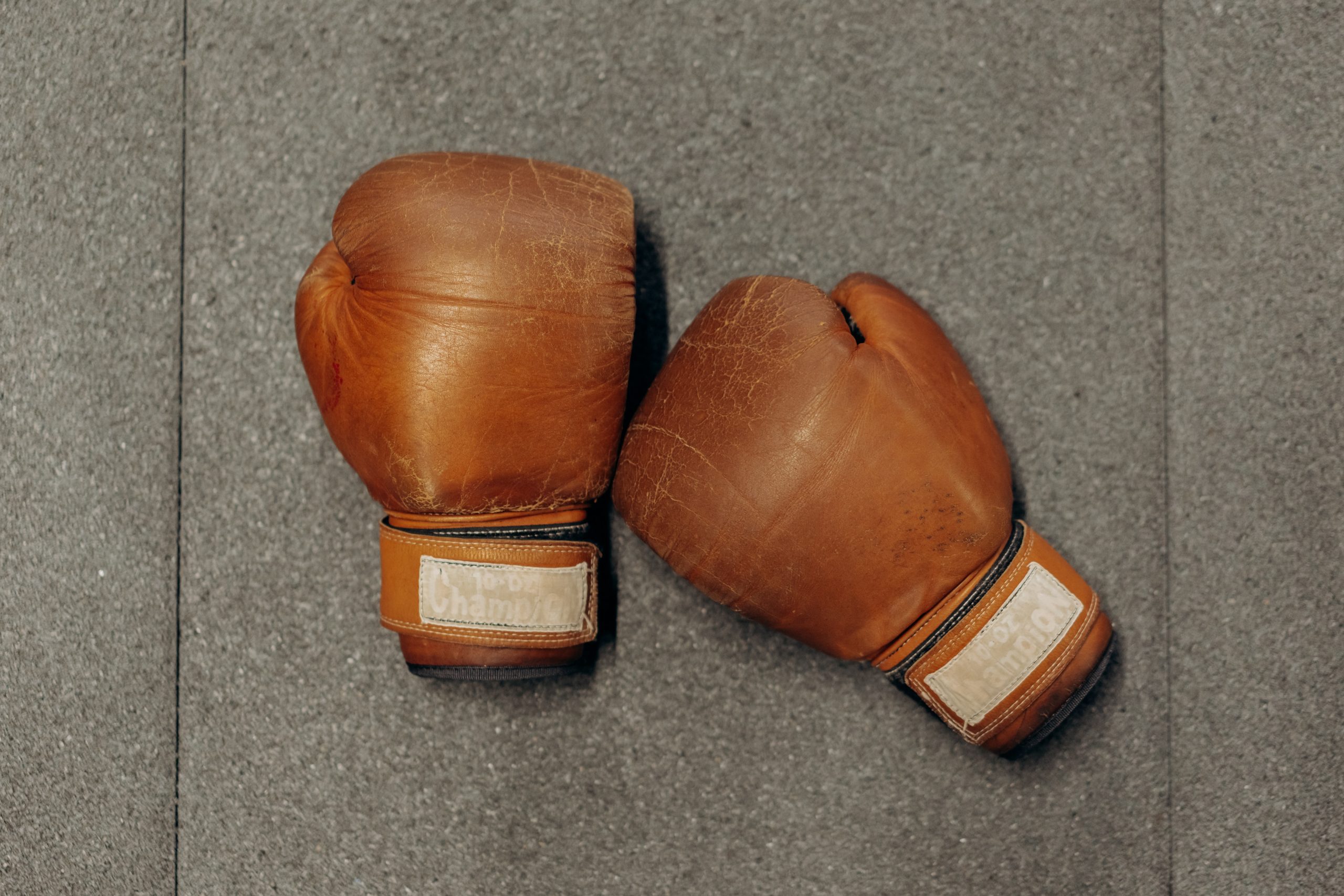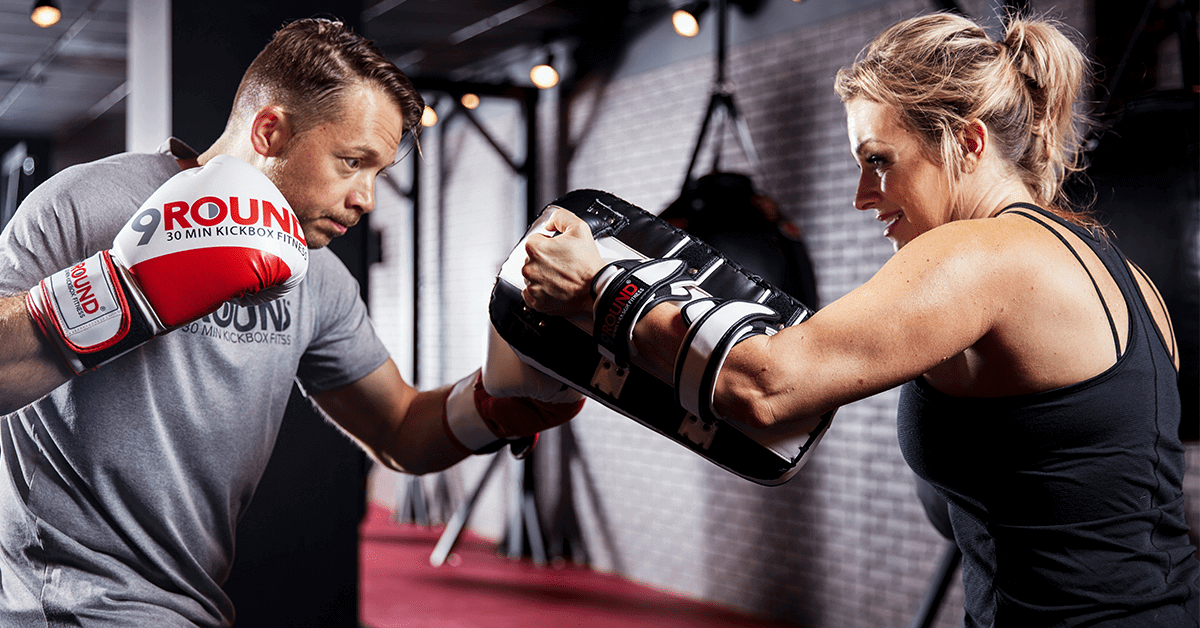From boxing to kickboxing and Muay Thai, combat sports are increasingly becoming popular. Not only are they a great hobby but they also serve as a fun and exciting way to burn calories. But whether you’ve been training for a while or are just starting, you’ll undoubtedly need a pair of boxing gloves.
Why Do I Need Boxing Gloves?
Boxing gloves provide a shield for your hands, protecting them when you’re punching pads, heavy bags, or a sparring partner. More specifically, it acts as a cushion for your knuckles, which are so vulnerable to the shock of a punch that they may suffer serious damage if not secured correctly.
Besides protecting you, boxing gloves also protect your opponent by increasing the surface area of the punch, which decreases the impact of the shock and prevents serious injuries. Without them, a single punch could be strong enough to inflict permanent and severe damage.
What are the Different Types of Boxing Gloves?
Boxing gloves may all look the same but there’s actually a ton of variation, with each style serving its own unique purpose. Here’s a brief overview of the most common types out there.
Training Gloves
If you’re only engaging in combat sports as part of a fitness regimen, then training gloves will likely be the ones you’ll work with. They’re incredibly versatile, which means that they can be used for both heavy bag and partner sparring drills. They’re ideal for beginners, as well as for daily use in the gym since they’re designed to strike a perfect balance between protection and performance.
🥊 Also see: 9round fitness review: My experience with the high-intensity 30-minute boxing class
Training gloves feature either a lace-up or hook-and-loop closure, which provides stability and great support to the wrist. It also has dense foam padding over the knuckle area that provides excellent shock absorption. Most are made with leather, although neoprene is also a popular material.
Training gloves are measured by weight so before making your purchase, consider these factors first: your hand size, height, weight, and muscle development. Heavier gloves will allow you to build more muscle – if this is your goal, then choose a pair that’s weighted at least 14 oz or more.
Sparring Gloves
These boxing gloves are designed with your and your opponent’s safety in mind, which is why they’re reserved for sparring sessions. While they look pretty similar to training gloves, their padding on the knuckle area is actually much softer to better protect your finger joints. It also optimizes the distribution of force when your punches land, making their impact less sharp yet still powerful.
The ideal pair of sparring gloves is weighted at either 16 oz or 18 oz. Ironically, this heavier weight makes them feel lighter, allowing you to swing faster and land more hits on your opponent.
Traditional Bag Gloves
If you’re planning to improve your technique, then your trainer will likely equip you with a pair of traditional bag gloves, which are designed specifically for that purpose. It’s very lightweight, with thin padding and little wrist support, which means that your hands and arms feel more impact with every punch. This allows you to focus on your form as you do some light work on the punching bag.
However, if you want to go all out during your workout, then opt for training gloves instead. While traditional bag gloves enable you to optimize your form and technique, they offer very little protection, which is why you’ll probably end up with bruised and sore knuckles if you decide to use them against a heavy punching bag.
Competition Gloves
If your goal is to compete, whether as an amateur or professional boxer, then you’ll need to invest in a pair of professional gloves. These are compact and feature firmer padding on the knuckle area, which gives your punches greater force and increases their impact on your opponent. However, this focus on maximum offense means that the hand protection and comfort they provide are significantly less than other types of boxing gloves.
Competition gloves are designed to deliver sharp blows, which is why they shouldn’t be used in everyday training. They’re also incredibly expensive, with some boxers paying hundreds of dollars for their pair.
Boxing matches are strictly regulated, although the rules that will apply to you will depend on whether you’re an amateur or professional boxer, your weight class, and the division you belong to. Your competition gloves must adhere to all the set criteria or else you won’t be allowed to compete.
To prevent dangerous snags during a fight, global boxing standards require competition gloves to have a lace-up closure, rather than velcro or hook-and-loop. This is another reason why they often fetch exorbitant prices.
Which Boxing Gloves Should I Choose?
Packing a great and powerful punch means choosing the right pair of boxing gloves to use and the very first thing that you have to consider is your goal. Do you simply want to burn calories and increase your fitness? Or are you planning to compete? Knowing what you hope to get out of your training sessions will help you determine the style of boxing gloves to buy.
Boxing gloves are measured in ounces, ranging from youth-geared to 6 oz to 20 oz heavyweight mitts. To figure out which one will perfectly fit you, you’ll need the following measurements: your height, your weight, and the circumference of your dominant hand.
If you’re planning to compete as an amateur boxer, then know that boxing gloves come in three different sizes:
- 10 oz – Fighters under the light welterweight class (64 kg)
- 12 oz – Fighters from welterweight to the super heavyweight class (69-91 kg)
- 16 oz – Fighters under the Master Division who are age 41 and older
On the other hand, gloves for professional boxers come in the following sizes:
- 8 oz – Fighters under the welterweight class (67 kg)
- 10 oz – Fighters under the super welterweight class (70 kg) and up
Despite knowing all this information, be sure to consult with your trainer or with an expert before investing in a pair of boxing gloves.






